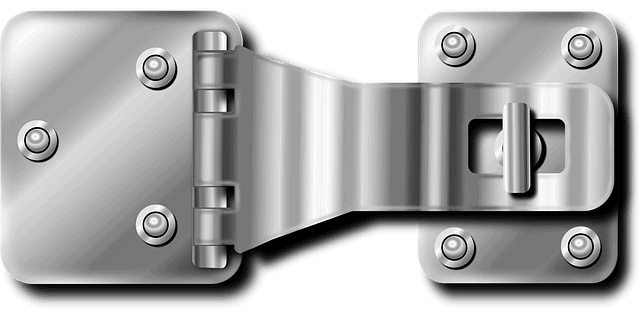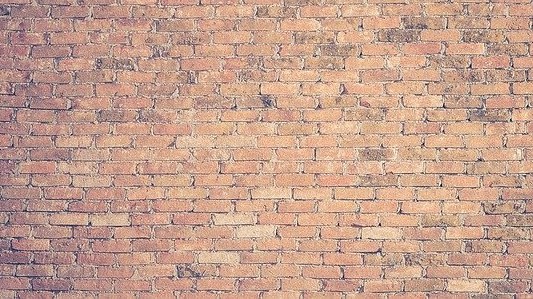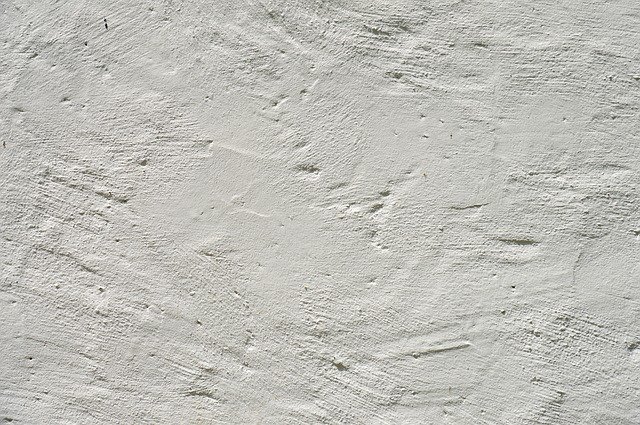How to Thin Latex Paint for HVLP
If you own a high volume low pressure (HVLP) spray painter; then, appropriate paint thinning is paramount in order to attain excellent paint flow rate and avoid spray gun blockage during the paint application process. 
Often, wrongly thinned paint leads to nozzle blockage and a low-quality spray coat layer. Could you be having similar challenges and wonders how to thin paint?
Well, in this article, we shall be discussing how to thin latex paint for HVLP. Unlike airless spray painter, HVLP sprayer is more convenient and requires light paint solvent for better functionality.
To begin with, you need to choose the right tools and material, select latex paint that matches the surface area under paint application, notes the thinning procedure and instructions given by the manufacturer before beginning to thin.
The quality of thinned paint should be tested before loading in the pray gun to avoid clogging and nozzle malfunction. In this case, a viscosity flow test should be carried out to ascertain the nozzle flow rate and latex thickness for spay painter suitability.
See Also: Removing Latex Paint from Metal
Details: How to Thin Latex Paint for HVLP
Importantly, you need to wear protective gear and adhere to safety measures given during the thinning process to avoid injuries or health complications from occurring.
Material and Tools Needed
- Latex paint and an empty bucket
- Stirring rod and putty knife
- Clean water in a bucket
- Flow channel and piece of cloth
- Paint thinner – water based-thinner
- HVLP sprayer and funnel
When to Thin Latex Paint
Latex paint requires thinning every time you use a spray painter for paint application to avoid clogging and boost finish quality.
Unlike acrylic paint (oil-based) that requires commercial oil-based thinner, latex paint is water-based and can simply be thinned by adding the appropriate amount of water to achieve excellent solvent concentration.
When using a paintbrush or a roller, you may need to thin slightly to attain sufficient loading ability. However, HVLP requires further paint thinning and correct pre-testing should be carried out before actual pray painting is undertaken.
It’s important to note that Latex paint comes in various solvent thickness.
Therefore, the level of thinning is determined by the concentration of a particular paint brand and model of the spray painter to be used when spraying.
Steps to Follow
To undertake the Latex paint thinning process, you need to follow the steps highlighted below accordingly.
Step 1
Using a putty knife, open the paint lid or rip the can off. Then, tilt the paint container and pour it into a clean empty can or bucket.
The amount/quantity of paint to be used is a function of the surface area you intend to paint.
For the first time thinning, pour a smaller quantity (to avoid losses) just in case you go wrong during the thinning process.
See Also: HVLP Spray Gun for Cabinets
Step 2
Gently, add clean water (right quantity) into the bucket containing paint as instructed by the manufacturer.
Avoid dirty water when thinning as it weakens paint stickiness ability.
Usually, one gallon of paint requires one to two cups of water – this may differ as per the latex solvent thickness.
Step 3
Clean the stirring rod (to avoid introducing dirt into the paint) and stir the paint thoroughly until you achieve uniform liquid.
You can run the rod within the paint solvent to determine the point of incomplete solubility.
Step 4
Test the paint for HVLP compatibility. Usually, there are two methods to consider. One is by use of a viscosity testing cup.
Most HVLP comes with a viscosity cup, which is the best method to use.
Dip the cup into the thinned paint until it’s completely filled. Then, lift it over the paint and calculate the time takes for the paint to flow out from underneath the cup.
Compare your time reading with the standard indicated time (usually, a viscosity cup comes with an expected time span for a well-thinned paint).
Alternatively, you can use the flow channel method. You need to pour paint into a gentle channel and observe its viscous flow.
You can even use a funnel (narrow) – if the paint passes through smoothly, then consider it for HVLP sprayer use.
See Also: HVLP Spray Gun for Lacquer
Step 5
Once the paint-thinning test passes, you can load the paint into the HVLP paint sprayer (fill the canister or the pain up basin).
Otherwise, you will need to add little water to thin the paint further until you get an excellent flow rate when painting.
Further, if you experience nozzle clogging when painting, you’ll need to add more water to reduce viscosity and enhance paint pick-up by the paint sprayer.
Why Do You Need To Thin Latex Paint for HVLP?
Thinning latex paint is one way of protecting the HVLP paint sprayer from damage during the paint application process.
HVLP is a high volume low-pressure paint sprayer and thus its principles of operation utilize high volume at low pressure to atomize latex paint pattern at low-velocity and pressure.
To attain a continuous spray action, latex paint, therefore, requires thinning to ease pick-up or paint gun flow delivery.
Unlike airless sprayer, HVLP sprayer eliminates overspray and it’s more economical – doesn’t require a lot of energy when spraying.
Indeed, an HVLP paint sprayer is appropriate if you intend to achieve a precision finish or a detailed paint layer.
This can’t be achieved unless latex paint is well thinned. The important reason for using an HVLP paint sprayer is that it delivers high volume paint at low pressure without clogging the paint gun.
You cannot attain this with unthinned paint – usually, clogging occurs due to insufficient pressure in the system.
Consider purchasing an airless spray painter for highly viscous paint or unthinned latex paint.
See Also: HVLP Spray Gun for Woodworking
Problems of Using Unthinned Latex Paint on HVLP Paint Sprayer
Spray paint with HVLP doesn’t go smoothly if unthinned paint is used. You will experience some of these problems if you avoid the latex thinning process:
1.Spray Gun Blockage
Spray gun blocks due to insufficient paint pattern atomization that leads to paint accumulation at the nozzle. HVLP being a low-pressure type of paint sprayer, the paint is rendered at low velocity and any impediment leads to blockage eventually.
Unthinned latex paint can’t be handled by an HVLP paint sprayer due to low-pressure end delivery. The high volume intake surge at the nozzle end leading complete blockage.
Instead, you should consider an airless sprayer (slightly expensive) for unthinned latex paint applications.
2. High Energy Consumption
Unthinned latex paint requires a more powerful paint sprayer to attain continuous spray action without blockage.
The high power motor in some HVLP has relatively high RPM, which boost the low-end pressure and thus minimizing nozzle clogging.
The higher the wattage that each HVLP sprayer comes with, the higher the power or energy consumption.
Moreover, some HVLP paint sprayers are automated in that they tend to take up more power if they detect blockage along the paint channel.
To reduce energy costs, it’s advisable to use thinned paint instead.
3. Damage of Spray Painter
The mechanism of the HVLP paint sprayer is often damaged by using unthinned paint due to continuous internal strains, paint gun fatigue, and nozzle blockage.
Moreover, unthinned latex paint may clog the HVLP system, which may be cumbersome to clean or more expensive to replace or repair.
With continuous use of unthinned paint, the nozzle loses initial precision function due to raw paint friction and thus require frequent replacement for quality paint finish.
Importantly, unthinned paint is difficult to clean and narrows the piping system of the HVLP paint sprayer.
See Also: Automotive HVLP Spray Gun for the Money
4. Low-Quality Paint Coat Layer
By using an HVLP paint sprayer with unthinned latex paint, you will probably attain a very low-quality paint finish.
This is due to incomplete paint pattern atomization, which renders raw paint on the surface.
The low-end pressure also reduces stickiness ability and causes the formation of drains/runs during the paint application process.
Unlike thinned paint, unthinned latex paint doesn’t form a fine finish layer. Instead, the paint coat accumulates over the surface without self-leveling occurrence.
Precautions When Thinning Latex Paint for HVLP
During the paint application process, it’s crucial to follow and adhere to safety measures and precautions highlighted below:
- Always wear protective gear (facemask, respirator, gloves, overalls, goggles, and boots) when thinning paint for HVLP.
- Never attempt to use unthinned paint over a low wattage HVLP paint sprayer – this action may lead to blockage of spray gun or nozzle.
- Always carry of compatibility test of thinned paint for HVLP to ascertain the quality and effectiveness when spraying.
- Before commencing to thin latex paint, check the expiry date. Never thin expired latex paint.
- During the thinning process, follow instructions given by the manufacturer on the label or otherwise indicated in this article.
- Measure the right quantity for thinning as per the surface area you intend to paint.
- Latex paint that remains should be kept away from kids and pets to avoid any intoxication – if swallowed or inhaled.
Remember to clean the HVLP paint sprayer upon use to improve its service life and prevent internal damage.
See Also: Pump Sprayers for Staining Fences
Conclusion
Learning how to thin latex paint for HVLP will not only enable you to match latex paint with the best spray painter but will also enable you to carry out your DIY project excellently.
Latex paints are manufactured in different thicknesses as per intended purposes.
Therefore, when thinning, you will need to select the right latex paint that matches your HVLP sprayer to avoid unnecessary damage.
Moreover, proper tools and materials should be put in place while instructions given by the manufacturer should be followed accordingly in order to attain suitable paint concentration.
Importantly, wear the correct protective gear when thinning paint for your own safety purposes.





